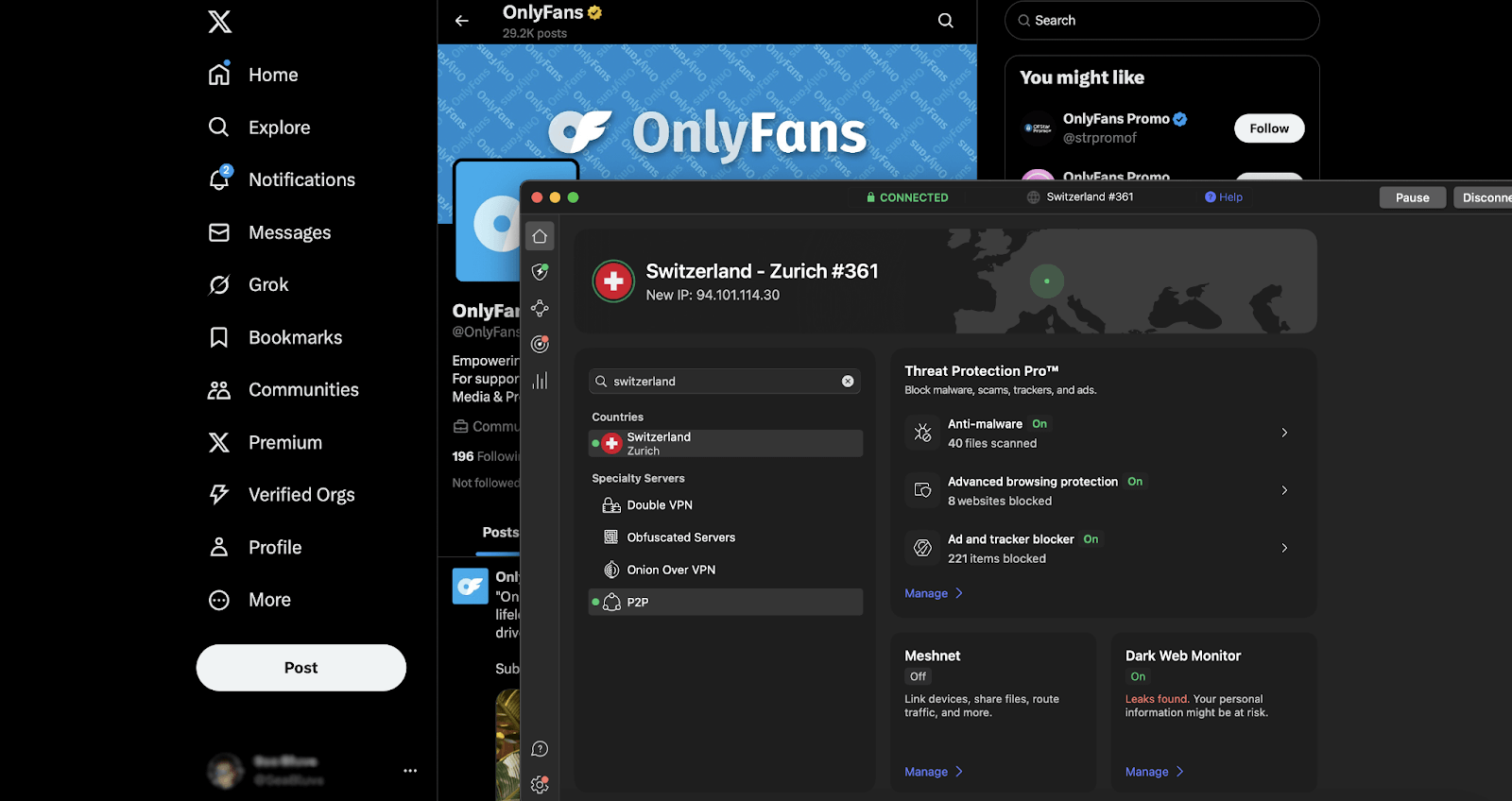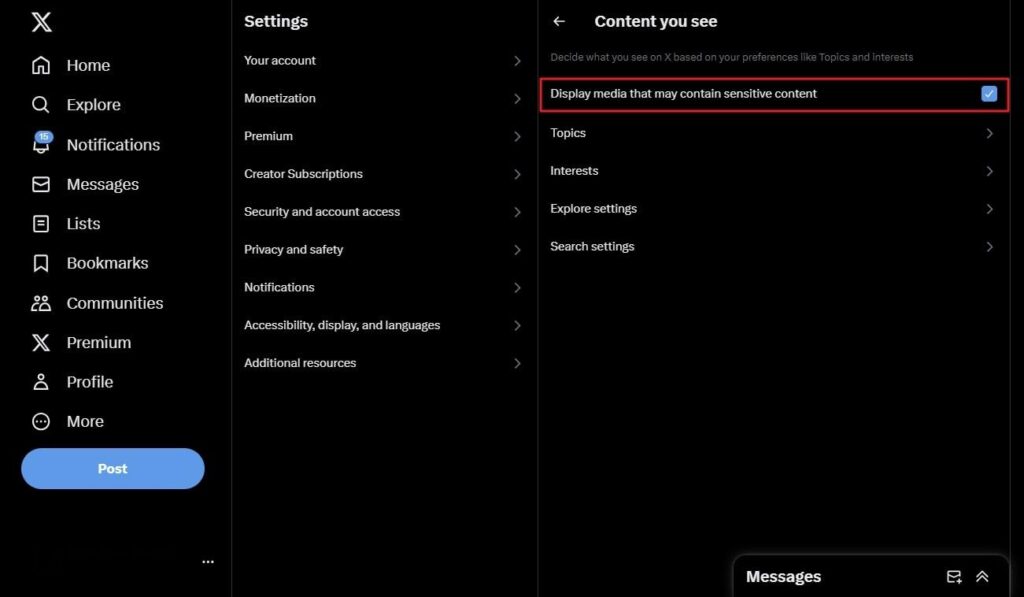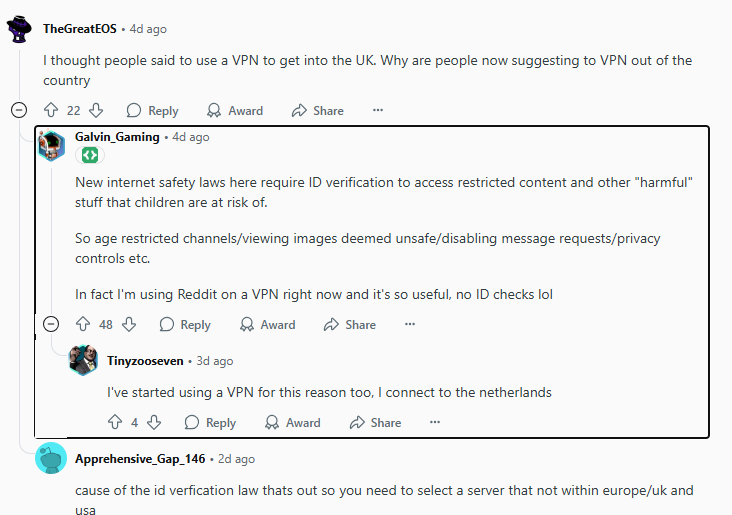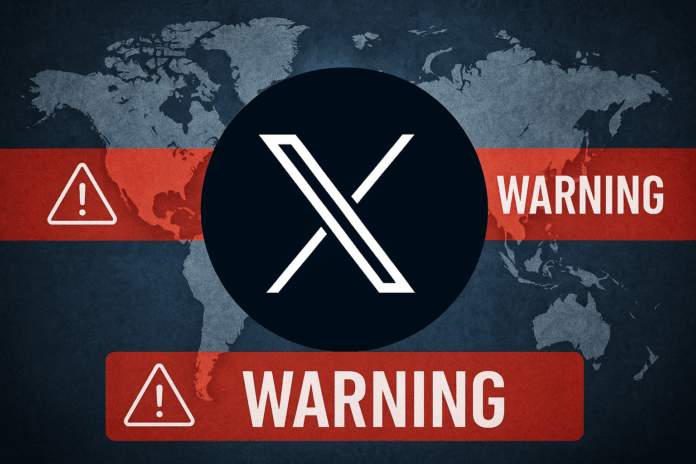🔒 That Weird Message on Twitter/X: A Traveler’s Guide to Geo-Blocks and Legal Loopholes 🌎
So, you’re scrolling through your newly-renamed X feed, coffee in hand, and you click on a trending topic. Instead of the hot gossip or drama you expected, you’re met with a cold, clinical message: “This post is from a suspended account.” or “This post may not be available in your country.” 😕
Wait, what? Did I do something wrong? Is my internet broken?
Hey, don’t worry. It’s not you—it’s the incredibly complex, often frustrating world of geo-blocking and legal compliance on social media platforms. I ran into this myself last year while trying to check a news link from a friend in Turkey. Total brick wall. It was confusing and, honestly, felt a bit isolating.

It got me wondering: Why does this happen? Who decides what I get to see? And is there anything I can do about it without getting into digital trouble? Let’s unravel this digital mystery together. ☕
🌐 The “Why”: It’s Not (Always) censorship
First things first, let’s ditch the idea that every restriction is about some shadowy figure silencing speech. While that can be a part of it, the reality is usually more about the rule of law.
Platforms like X (formerly Twitter) operate globally, but they must follow the laws of every single country they operate in. Think of it like this: if you drive your car into a different country, you have to follow their traffic laws, right? It’s the same for tech companies.
According to Twitter’s own Help Center, they may withhold content in a specific country if they receive a “valid legal request,” like a court order. This isn’t them arbitrarily deciding they don’t like something; it’s them avoiding a massive legal fine or having their entire service shut down in that region. They even publish these requests in their biannual Transparency Report so you can see the scale of it.
🗺️ A World of Different Rules: A Tale of Two Countries
The internet feels borderless, but legal systems are not. What’s perfectly fine in one country can be highly illegal in another. Let’s look at a quick comparison:
| Country | Common Restriction Reasons | Real-World Impact |
|---|---|---|
| Germany | Hate Speech & Holocaust Denial (Enforced by NetzDG laws) | X is legally required to remove prohibited content within 24 hours or face hefty fines. |
| India | Content threatening public order & sovereignty | In 2021, Twitter famously initially resisted but eventually complied with government orders to block certain accounts during farmer protests. |
| Thailand | Criticism of the Monarchy (Lèse-majesté laws) | The platform is legally compelled to restrict content that insults the king or royal family. |
| Turkey | Broadly defined “terrorist propaganda” & political content | A report from Access Now highlights the extensive number of court orders Turkish authorities file to block content, especially around elections. |
See? The reasons are all over the map—literally. For X, it’s a constant, high-stakes game of legal whack-a-mole.
🤔 The “How”: How Does X Even Know Where I Am?
This is the techy part, but stick with me! X primarily uses two things to determine your location and what content to show you:

-
Your IP Address: This is the big one. Every device connected to the internet has a unique numerical label that reveals your general geographic location. It’s like your digital return address.
-
Your Account Settings: Your stated country in your profile settings can also play a role, though it’s secondary to your IP address.
This system is why you can sometimes see restricted content by using a VPN (Virtual Private Network), which masks your real IP address and makes it look like you’re browsing from another country. But a quick warning: this can be a legal gray area. While VPNs are legal in most countries, circumventing a government-mandated block might violate local terms of service or even laws. Tread carefully!
Here’s a simplified diagram of how a geo-blocking decision happens:
flowchart TD A[User in Country A<br>requests a Post] --> B{Legal in Country A?} B -- Yes --> C[Post is displayed ✅] B -- No --> D{X receives a valid<br>court order from Country A} D -- Yes --> E[Post is hidden 🚫<br>User sees warning message] D -- No --> C
🧭 Navigating the Murky Waters: What Can You Do?
Okay, so we’re stuck with this system. How do we live with it?
-
Get Informed: Knowledge is power. If you see a warning, don’t just get frustrated. Click the link that says “Learn more”. X usually provides a link to Lumen Database, a fantastic independent project that archives these removal requests. You can often see the exact legal request that led to the block.
-
Check Your Settings: It sounds simple, but make sure your region settings in your X profile are correct. Sometimes glitches happen.
-
Understand the Trade-Off: We have to balance free expression with a company’s need to operate within the law. While it’s frustrating, these compromises are what allow the platform to exist in as many places as possible. Advocating for clearer, more transparent laws is a better long-term solution than just blaming the platform.
💭 Final Thoughts: A Fractured Global Town Square

Seeing that restriction notice is a small but sharp reminder that the dream of a truly global, unfettered internet is… complicated. X, like all social media giants, is stuck in the middle between user rights, government demands, and its own business interests.
It’s not a perfect system—far from it. But by understanding the why and the how, we can move from a place of confusion to one of informed awareness. We can advocate for better transparency and hold both governments and platforms accountable.
What about you? Have you ever encountered one of these warnings? Where were you, and what were you trying to see? Share your stories below—let’s compare notes! 👇


